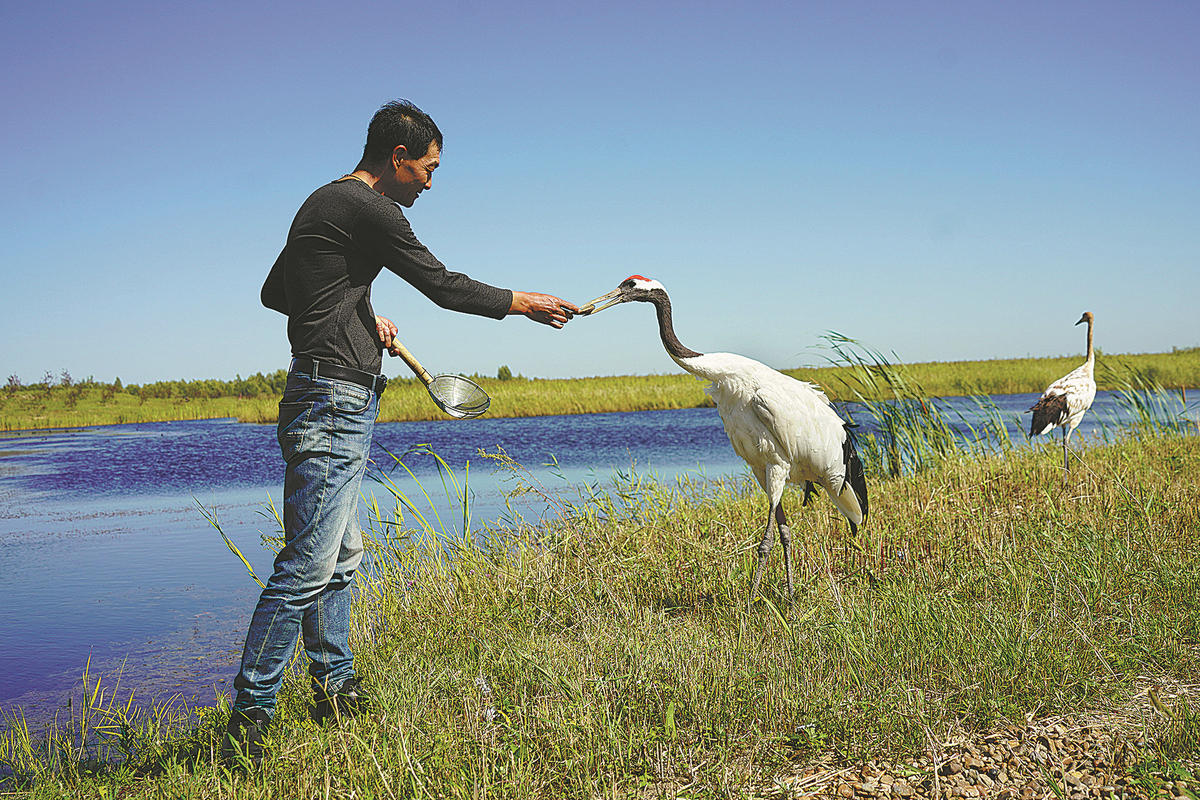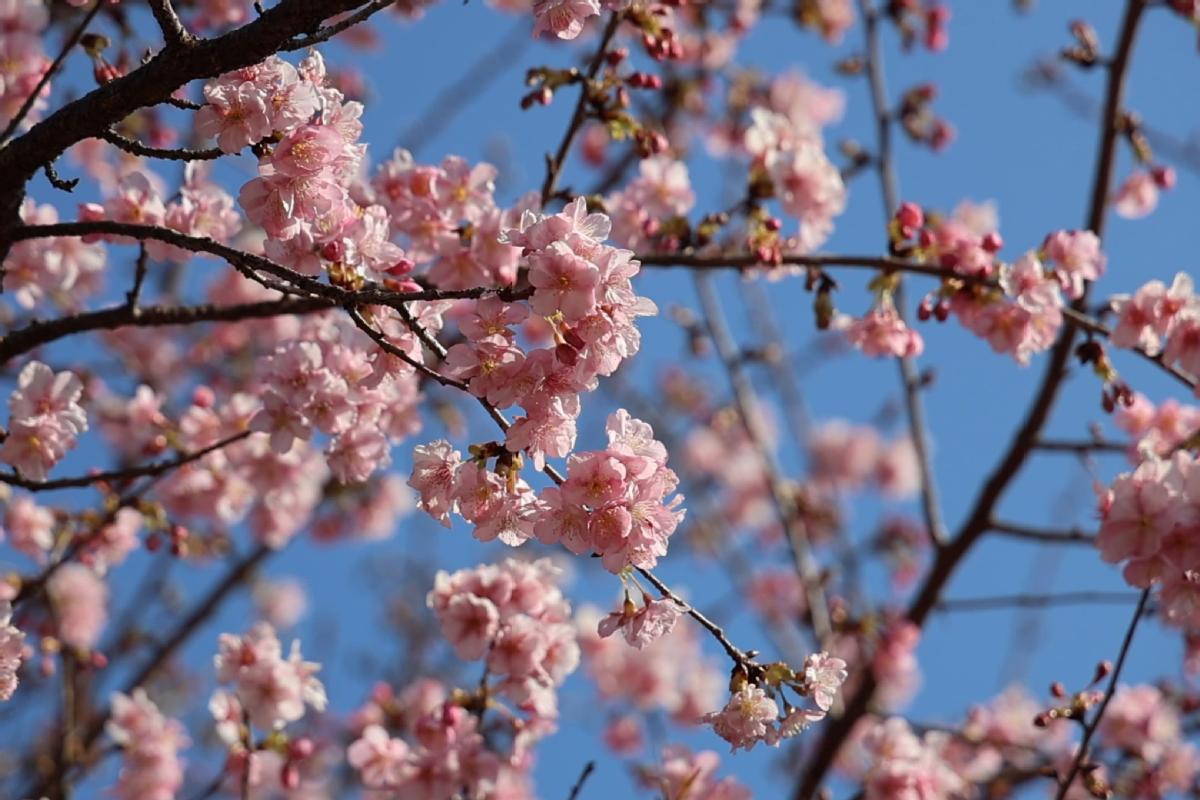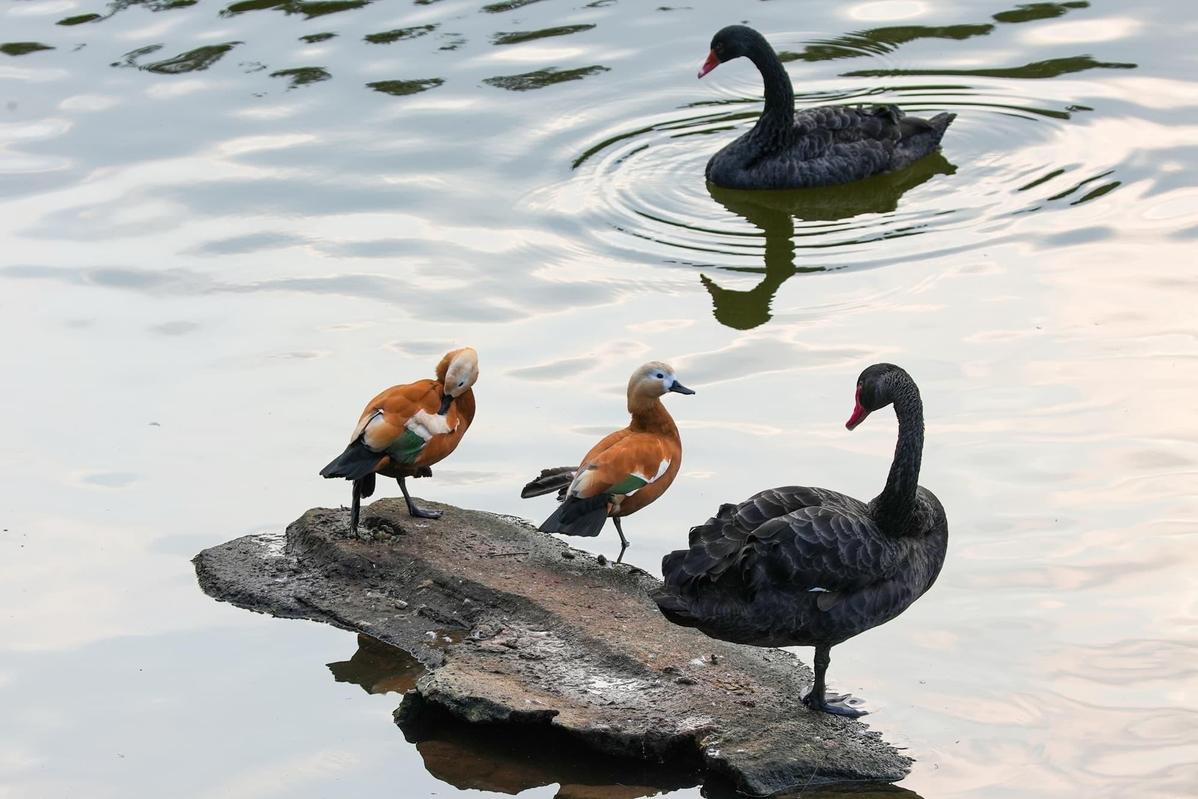Reserve's former inhabitants find new feathered friends


HARBIN-Up above the expanse of grass and reeds in a nature reserve in Heilongjiang province, a flock of red-crowned cranes flies leisurely by, while white cranes dip their bills into the lake to drink.
Zhalong National Nature Reserve is home to hundreds of rare birds, including eight species under national first-class protection. But at one time, several hundred villagers lived there, making a living from fishing.
"Cranes and other wild bird species in the reserve live on fish, so they had to scramble for food if humans overfished," said Xu Hui, a breeder at the reserve.
Villagers also lived in harsh conditions, with a lack of modern facilities and poor transport links, Xu added.
To protect the rare bird species and improve lives, around 900 villagers from 230 households were relocated from the core area of the reserve and resettled in Halawusu village in Qiqihar city, starting in March 2017.
"Before relocation, we didn't have electricity. During the summer, we traveled by boat, and when the lakes froze in winter, we had to walk across the surface of the ice," said Peng Qingping, a former resident.
After moving into new apartments, transportation became more convenient, making it easier for children to go to school and for the elderly to see a doctor, Peng added. "Villagers have also been given access to more job opportunities, such as working at nearby factories," said Wang Tao, a Halawusu village official.
According to Wang Wenfeng of the reserve's administration bureau, the relocation helped protect wildlife, including red-crowned cranes, which are known as one of the most sensitive indicator species in wetland ecosystems.
The reserve has adopted artificial breeding techniques to increase their population, with some 600 red-crowned cranes bred in captivity so far.
"Nearly 350 captive-bred cranes have been returned to the wild alongside the 200 wild cranes that live there," Wang Wenfeng said.
However, the birds' bond with humans endures, so villagers now volunteer to protect and feed them in groups.
"Although we no longer live there, I like to wander around the reserve to see the birds," Peng said.
According to local authorities, all the villagers that once lived in the core of Zhalong have been relocated, and they will be followed by another batch of 3,000 people who live scattered around the reserve, which covers 210,000 hectares.
Xinhua
- AI cracks the code for faster, better crops
- 'Hunted' official slid deeper into corruption
- Space schedule opens with two launches
- Winter cherry blossoms create unexpected spectacles
- Chongqing park becomes stage for captivating natural phenomenon
- Chongqing's cat theme park draws visitors, aids rescues





































